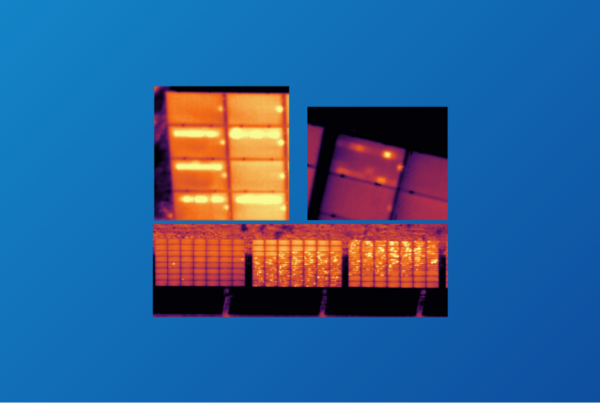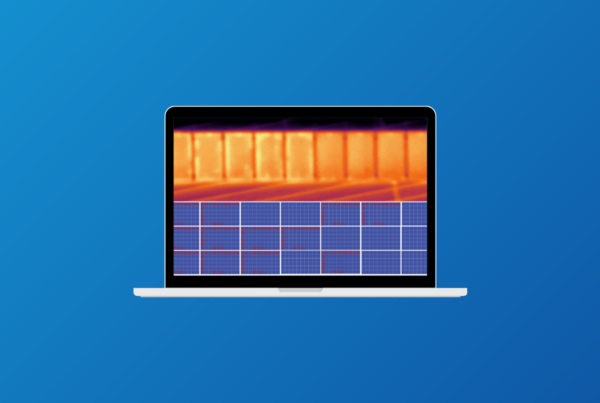With the arrival of half-cell modules, a new phenomenon called the butterfly or mirroring effect has arisen.
But what is this so-called butterfly or mirroring effect, and what causes it? And more importantly, can you prevent it from happening?
Let’s have a look!
But first things first, what are half-cell modules?
Half-cell modules contain solar cells that are cut in half, improving module performance and longevity.
Traditionally, a solar module usually has 60 and 72 cells, while half-cell modules have 120 and 144 cells. So, halving solar cells increases efficiency and reduces resistive losses.
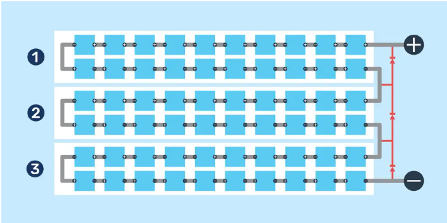
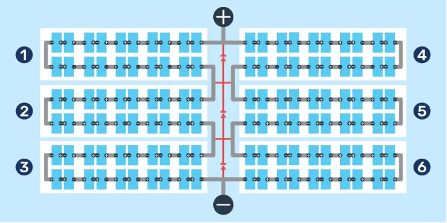
Half-cell modules are advantageous over conventional solar panels because they have better blockage tolerance. So if one or more cells in a substring are blocked for any reason, such as shadowing, vegetation, soiling, or bird dropping, the other substring in parallel can still generate power. This attribute allows half-cut cells to keep producing more power even when a portion of the panel is partially shaded. This advantage is particularly significant in urban areas where buildings, trees, and other structures can cause shading.
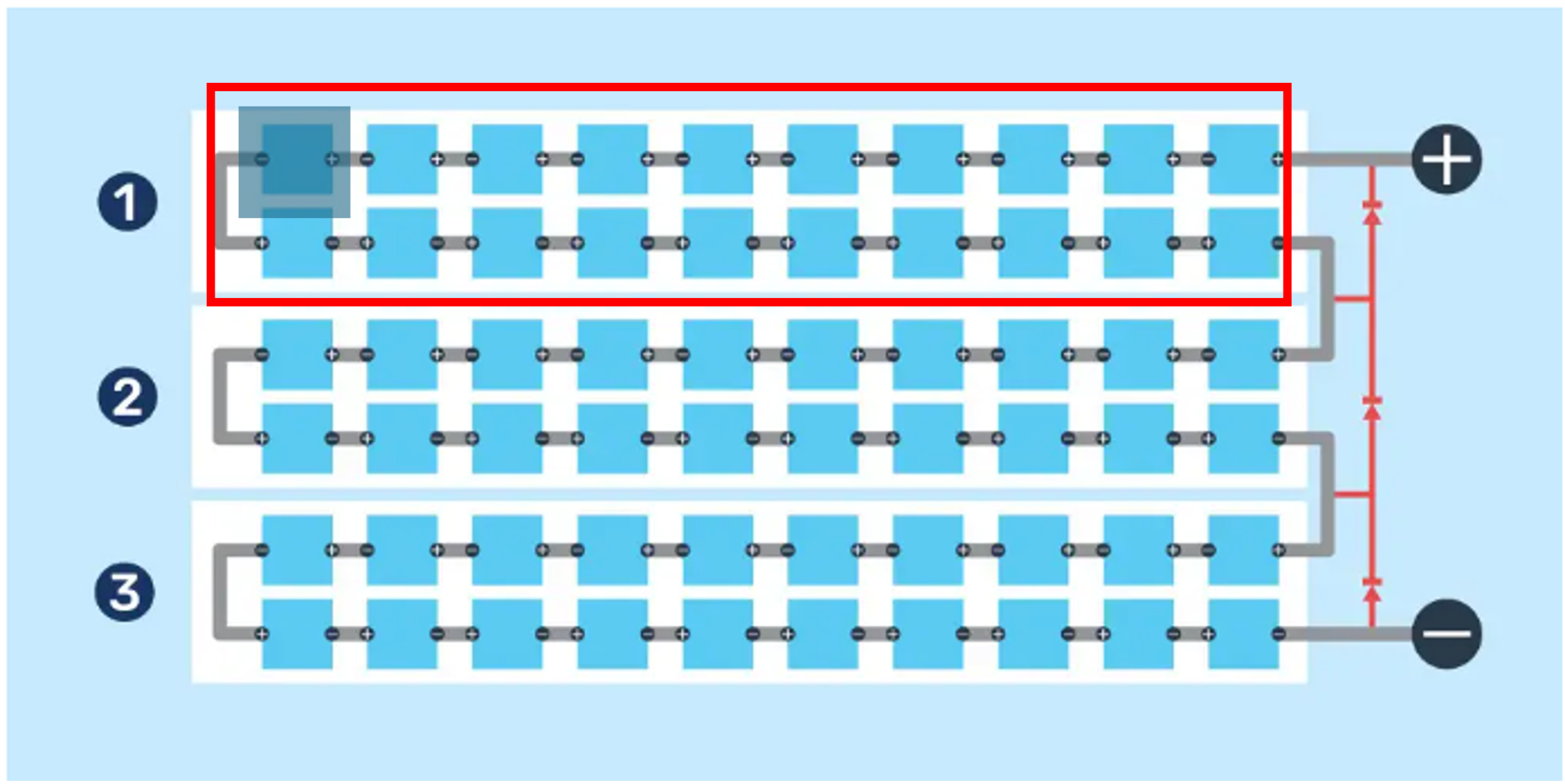
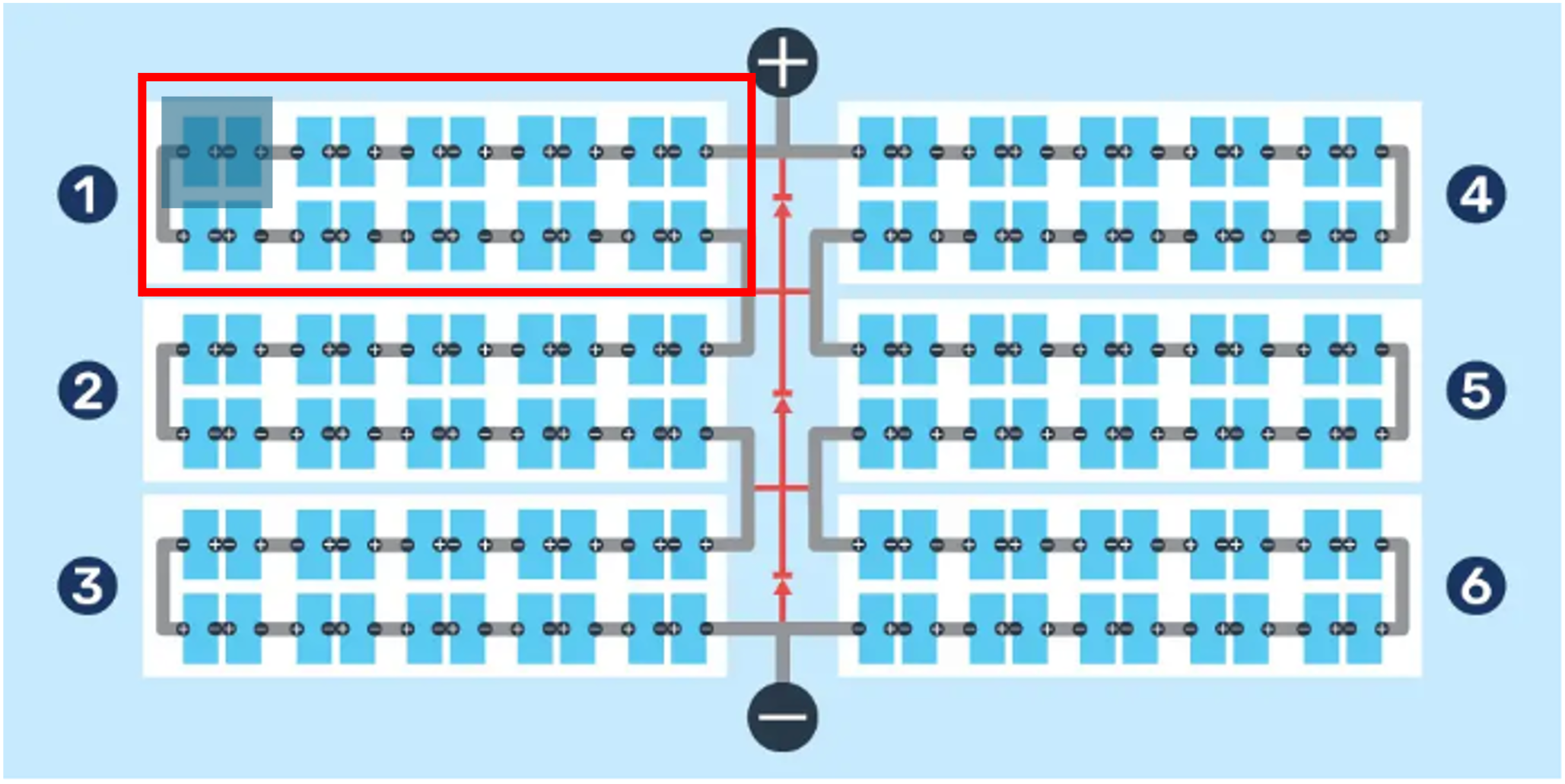
What is the butterfly or mirroring effect?
When there is a partial blockage due to shadowing, vegetation, soiling, dropping, or any other obstruction, or a defect on one or more cells on one half of the module, it can cause a reflection or mirroring effect on the other half of the module, even if there is no defect on that part. This reflection or mirroring makes it look like the performance of the entire module is affected by a problem that only occurs in one half.
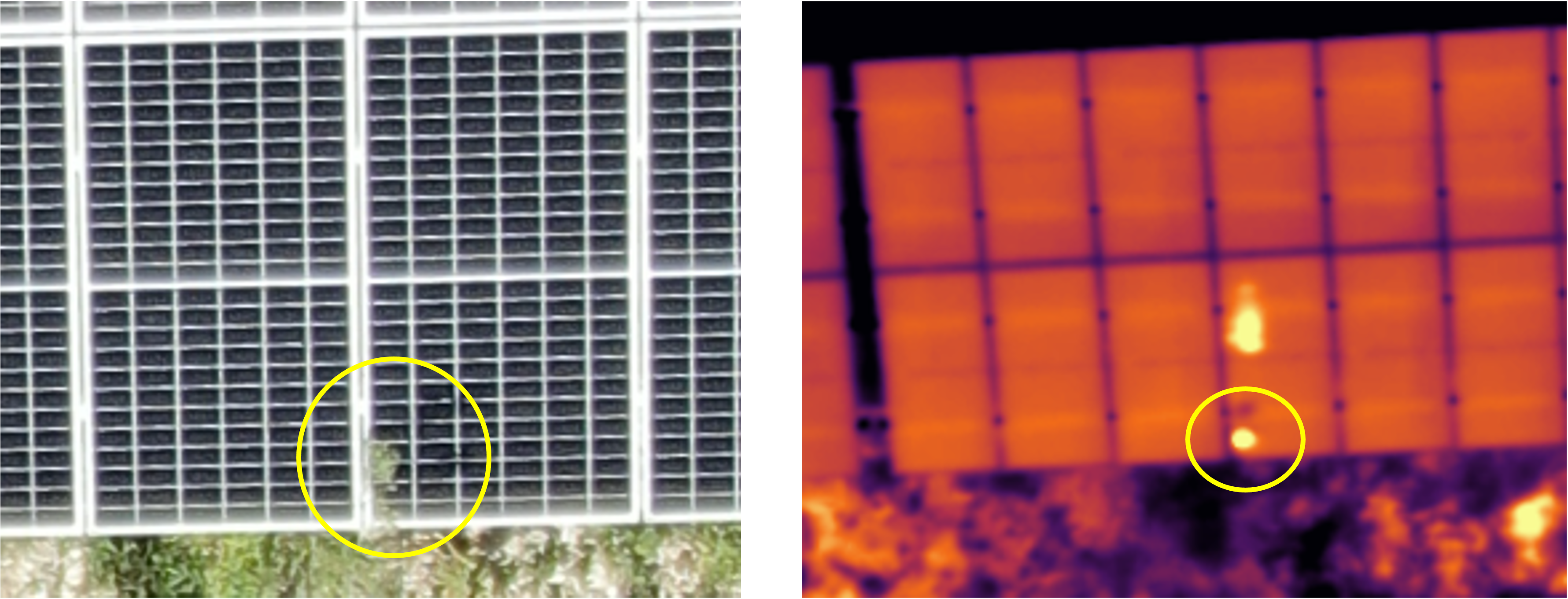
What causes this effect?
When two substrings are connected in parallel, voltage mismatch, and amperage imbalance can occur between them. If one substring has a partial blockage or defect, it can cause a drop in operating voltage and amperage. According to the primary electrical connection rule, parallel connections should have equal voltage, and serial connections should have equal amperage.
Therefore, a drop in the operating voltage on one substring causes the operating voltage change on the other substring connected in parallel, and the amperage must also be balanced.
As a result, even a healthy substring can show hotspots (usually appearing as a patchwork pattern) due to this voltage mismatch/amperage imbalance.
Can you prevent a butterfly or mirroring effect?
The answer to that question is not straightforward, as the effect is not considered an anomaly.
Therefore, regular cleaning and maintenance routines will go a long way in preventing anomalies such as hotspots that can result in a butterfly/mirroring effect. It is also essential to perform thermal inspections to detect anomalies early on to keep your solar site operating at maximum output.
Get in touch to learn more about maximizing your solar output.

